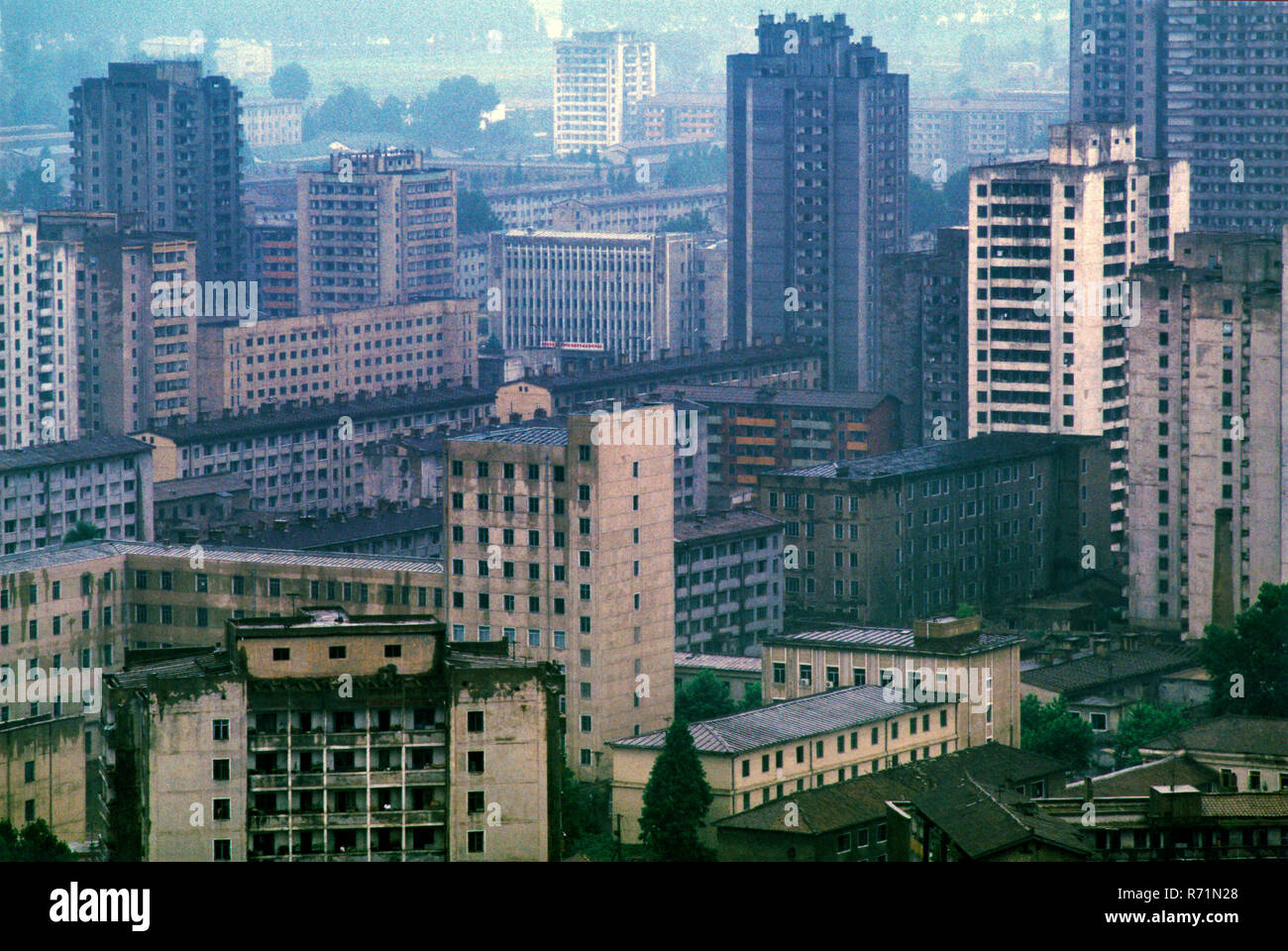
Both North and South Korea have Gangwon-do province (Kangwon-do in North Korea), though the North Korean one has Wonsan as its capital.įollowing the Korean War (1950–1953), Kim Il-sung (Kim Il-seong) consolidated his dictatorial rule in North Korea and in 1977 introduced Juche (or Chuche) as the official state ideology. The province of Jagang-do was formed in 1949 through an amalgamation of eastern portions of Pyeonganbuk-do as well as portions of Pyeongannam-do, while Ryanggang-do province was formed in 1954 through the reorganization of portions of Hamgyeongnam-do and Hamgyeongbuk-do, in this way ensuring that North Korea could have nine provinces just as in South Korea. Geumgang (Kumgang) Tourist Region, and the Gaeseong (Kaesong) Industrial District. In terms of administrative divisions, North Korea is divided into Pyongyang Directly Governed City (Pyongyang jikhalsi), Rason Special City, Nampo Special City, and the provinces of Pyeongannam-do, Pyeonganbuk-do, Hamgyeongnam-do, Hamgyeongbuk-do, Hwanghaenam-do, Hwanghaebuk-do, Jagang-do, Ryanggang-do, Gangwon-do, and then Sinuiji Special Administrative Region, Mt. And just as Incheon at the mouth of the Han River serves as the gateway to Seoul, so does Jinnampo (Chinnampo) at the mouth of the Daedong River serve as the gateway to Pyongyang. The North Korean capital of Pyongyang is situated along the Daedong River, much like the South Korean capital of Seoul is situated along the Han River. North Korea’s major cities are situated along the Amnok (Yalu), Cheongcheon, Daedong (Taedong), and Yeseong (Yesong) Rivers and along its coast. Baekdu (Paektu) on the border with China eastward nearly to the coast, while mountains also extend across the country’s western region to the sea, with the exception of river basins and coastal areas. To its south, North Korea shares a 250 km (155 miles) border with South Korea called the Military Demarcation Line (MDL), while to the north its territory borders China along the Amnok (or Yalu) River and Russia along the Duman (or Tumen) River. The majority of its population is concentrated in the territory’s western plains and eastern coastal region. According to the CIA World Factbook, as of July 2012, the population of North Korea was 24.6 million and it average population density 200 persons/sq. km., a little bit larger than South Korea.

In terms of territory, the area of North Korea is 123,000 sq. While the constitution of South Korea recognizes its territory as including the entire peninsula, while the established state of North Korea likewise recognizes its territory as extending south to include the entire peninsula. It was established as a socialist country on September 9, 1948, with its capital at Pyongyang (P’yongyang). The official name of North Korea is the Democratic People’s Republic of Korea. North Korea (Democratic People’s Republic of Korea) Source:


 0 kommentar(er)
0 kommentar(er)
